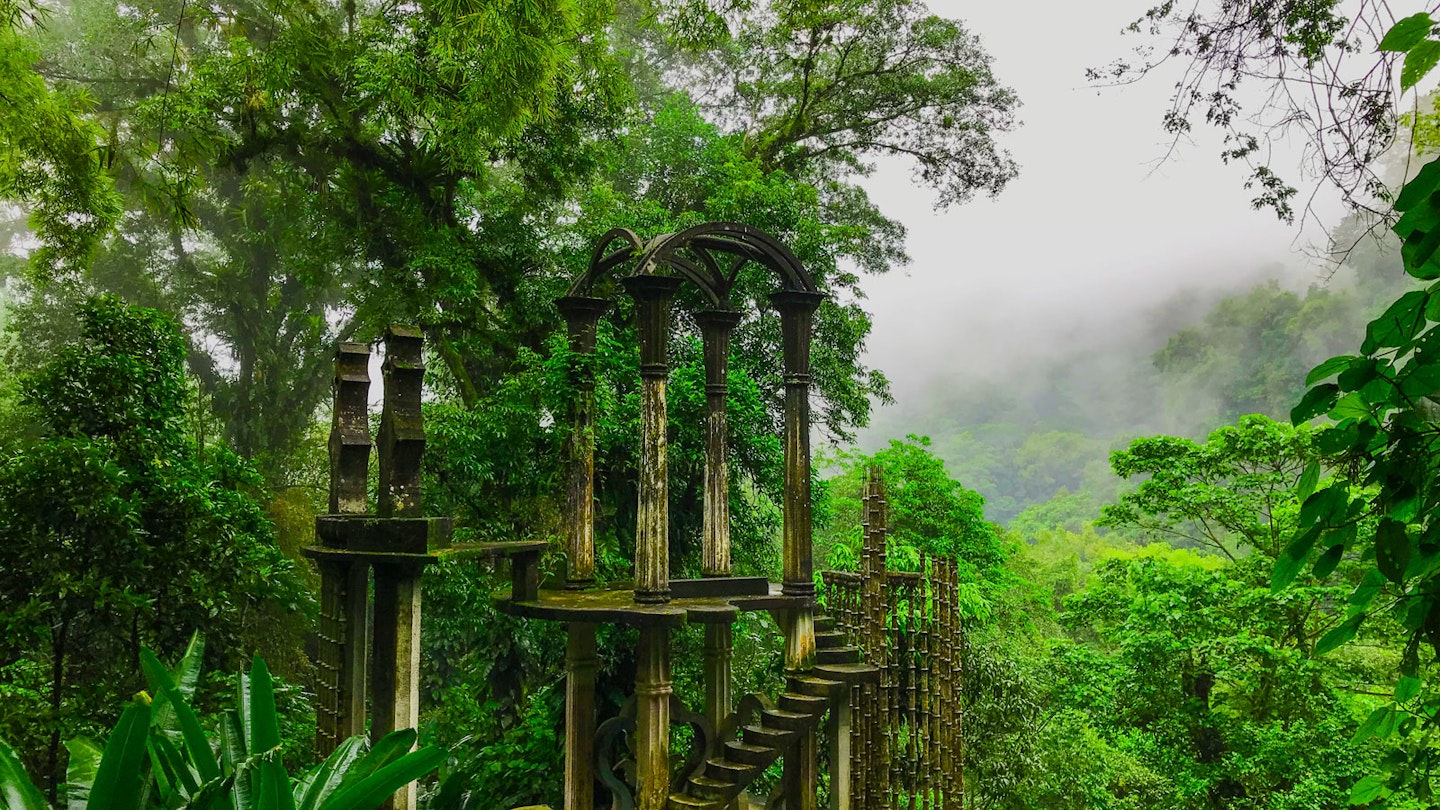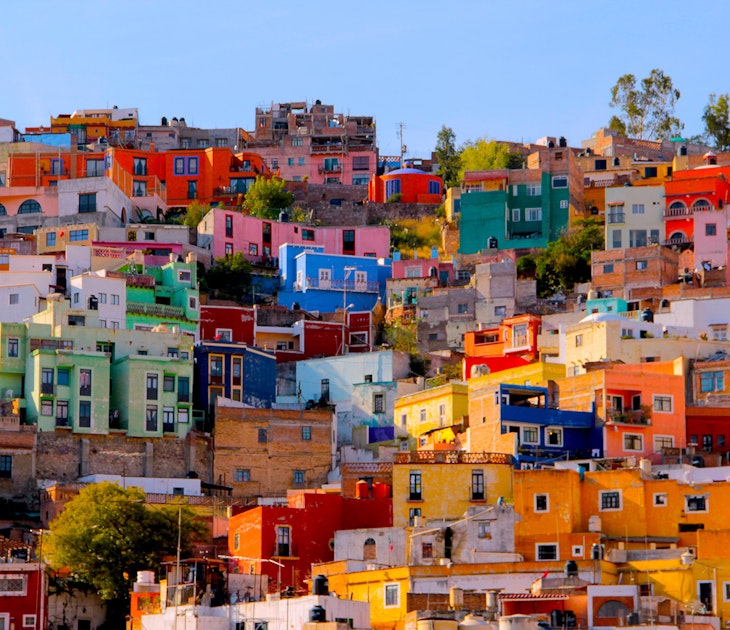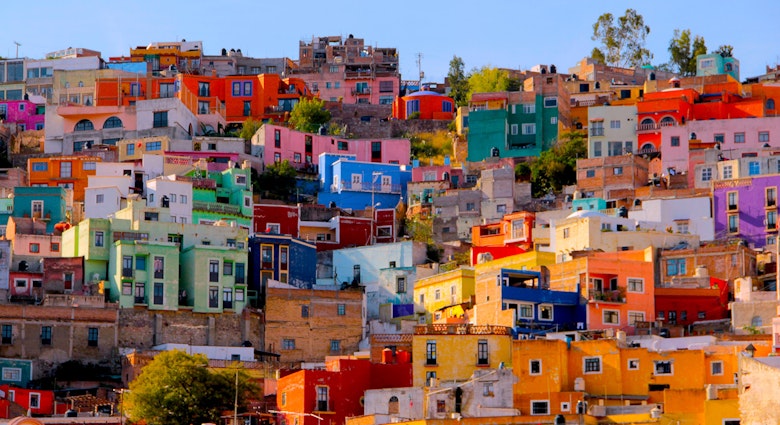Mexico, according to André Breton, is 'the most surrealist country in the world.' As a founding contributor to the artistic movement, Breton would know. Heavily influenced by Freud’s psychoanalytic theories, surrealist artists nourished their creativity from dreams and untethered thoughts, and believed in freeing the unconscious mind from rational constraints.

A recent surge in interest in surrealist art and specifically that of celebrated artist Leonora Carrington has led to the opening of two museums in the state of San Luis Potosí to compliment the existing and enthralling sculpture garden, Las Pozas in Xilitla. With these three homages to Mexican surrealism, San Luis Potosí has become Mexico's surrealist destination par excellence.
Edward James’ sculpture garden, a wonderland in Xilitla
During the 1930s and 1940s, many European artists and intellectuals sought refuge from war by going to Mexico, and surrealism spread. Edward James, a poet and patron of the arts, settled in La Huasteca Potosina, a tropical region in the state of San Luis Potosí known for its arresting waterfalls, caves and sinkholes. In this remote, lush jungle, he built his version of the garden of Eden and filled it with structures that are as fascinating as they are nonsensical.
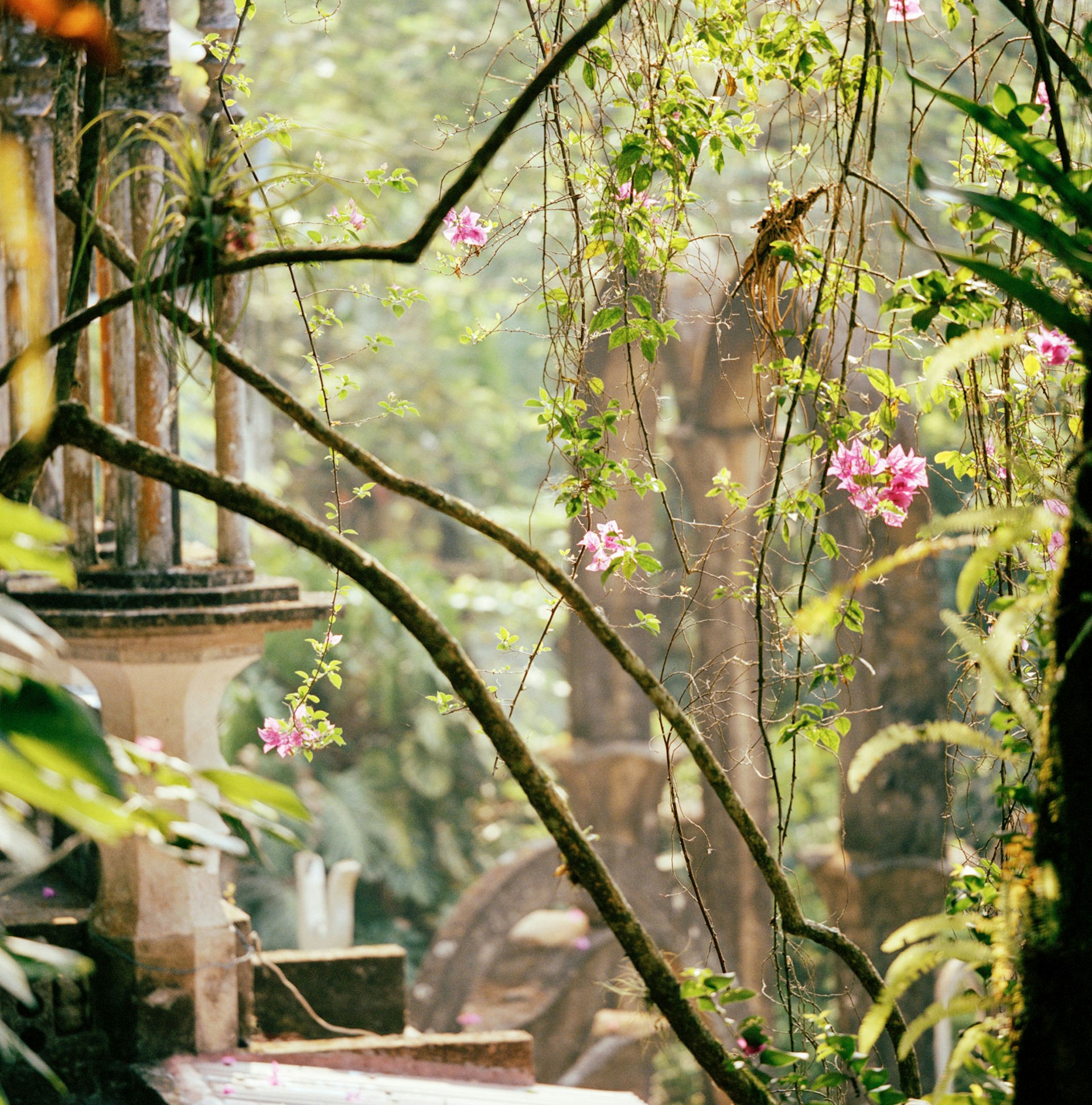
During a trip to Mexico to visit friends, James found himself surrounded by butterflies while bathing in a river, and took it as a sign that he should buy property there. On a bit of land near the hillside town of Xilitla, James originally intended to create a garden full of orchids, which he loved. However, after a harsh winter claimed the lives of his precious flowers, he decided to build dreamlike sculptures and splendid buildings in the jungle that wouldn't perish at the hand of nature. Now the world owes the bewitching surrealist playground of Las Pozas (the Wells), to James.
Concrete orchids, snakes representing the seven deadly sins and a bamboo palace found a home among waterfalls, natural pools and a flowing river. Bridges and spiral staircases leading nowhere entwine with the verdant jungle. Edward James’ sculpture garden is, quite literally, the stuff of dreams – his dreams. Construction halted when he died in 1984, and so unfinished structures, like the adequately-named ‘House with three floors that could have been five,’ add to the whimsy.

Walking through the lush garden and spotting the otherworldly structures shrouded by nature hints at what explorers must have experienced when discovering ancient archaeological sites. There’s something mystical about seeing how the jungle seems to be claiming the surrealist structures for itself.
A surreal home in the state capital for Leonora Carrington’s surrealist art
Leonora Carrington visited her friend and benefactor, Edward James often at Las Pozas, even painting a mural on the grounds. Carrington's life story is as riveting as her work. She was born into an aristocratic British family and from an early age became entwined with the surrealist movement. At 20 Carrington met the much older (and married) Max Ernst and the two quickly became lovers and collaborators. While living in France, Ernst was taken by the Gestapo and Carrington fled to Spain and fell into despair. Her family had her committed to an asylum. After leaving the asylum she was able to flee Europe by marrying a Mexican diplomat. While the two didn't stay married for long, Carrington made Mexico her home and remained until she died at age 94.
Spring of 2017 marked the 100th anniversary of Carrington's birth and interest in the artist skyrocketed. In March of 2018 the first-ever space fully dedicated to her life and work opened in the Centro de las Artes in San Luis Potosí city. Housed in an old state penitentiary, the Centro de las Artes was reimagined some years ago into a center for arts and culture. The Museo Leonora Carrington is an internationally recognized addition to the center's public offerings.
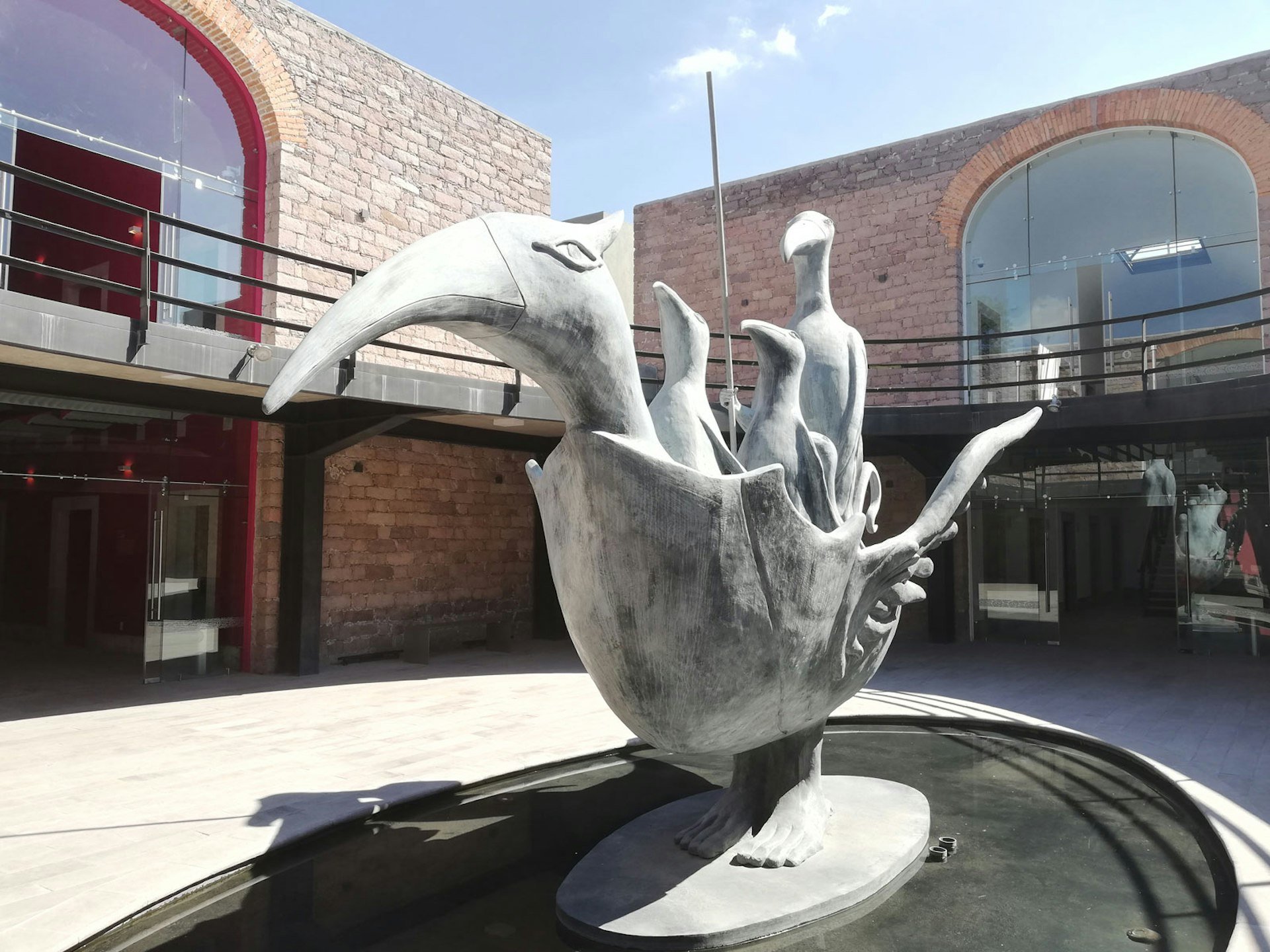
The space greets visitors with a collection of Carrington's bronze sculptures. Fantastical birds row a boat that merges into their forms, a human-like creature with the head of a deer implores the sky with unnamed requests and an alien form with two eagle heads budding from its hips stretches long fingers from arm sockets. What were once cells for prisoners now house more of Carrington's sculptures, paintings, drawings and jewelry work; whimsical creations that hearken to Celtic and pre-Hispanic traditions.
A surrealist trifecta with the opening of the second Leonora Carrington museum
A second location of the Museo Leonora Carrington opened in October 2018 in Xilitla, complimenting Edward James' sculpture garden nicely.
While the collection mostly focuses on Carrington's sculptures, the museum also showcases periods of her life with enlarged photographs and informational timelines. Among the collection's highlights are a wall with 25 bronze masks, a sculpture of an alien with a beautifully elongated, horizontal head and a figure that looks like a bench with faces on both sides. The three-story museum building is modern, stylish and has rooms for workshops, a rooftop café and a souvenir shop selling Carrington-inspired merchandise.
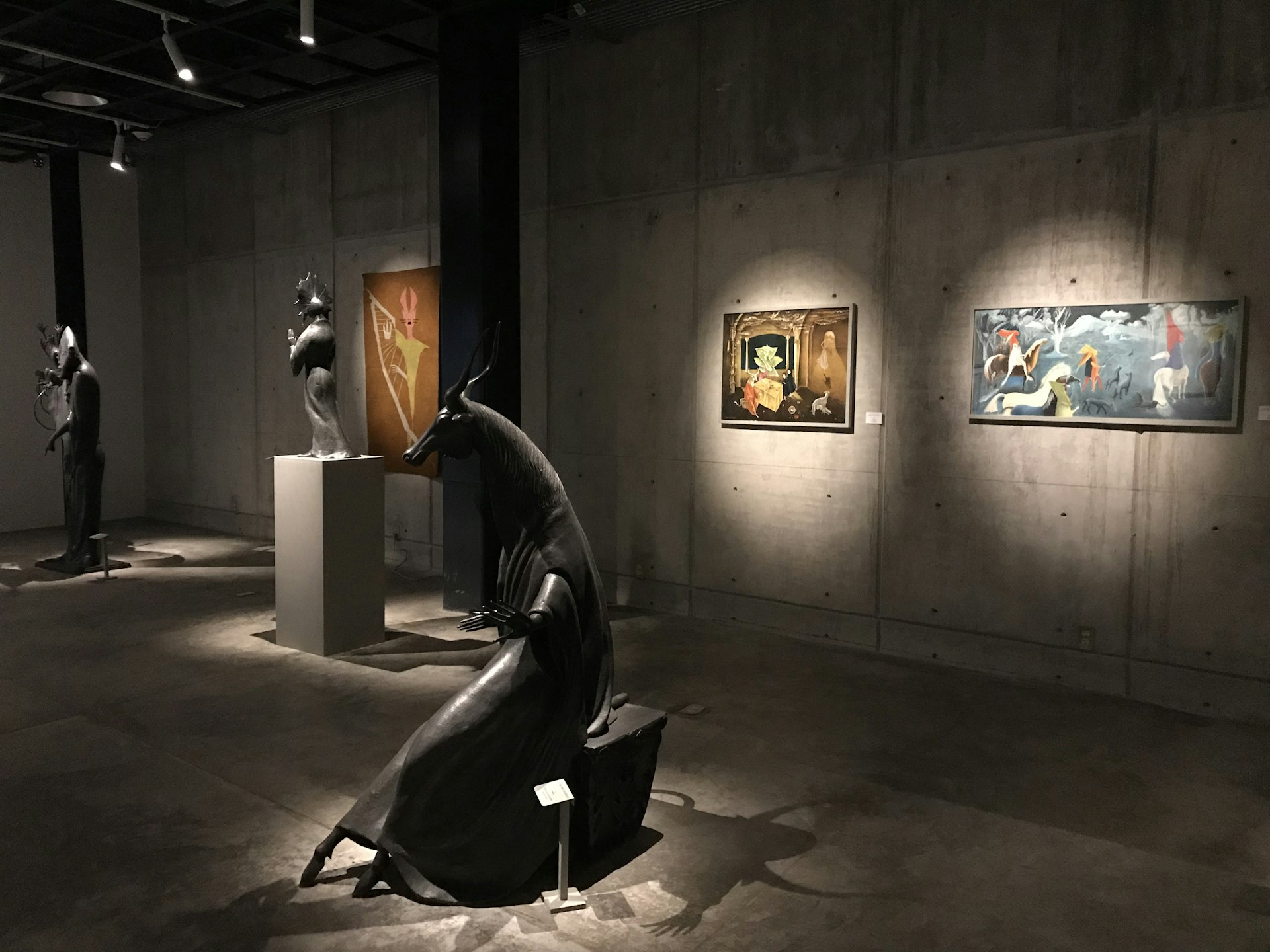
Both the museum in Xilitla and the one in San Luis Potosi city were made possible thanks to Pablo Weisz — one of Carrington's two sons — donating the rights to his mother's dreamlike pieces.
Make it happen
La Huasteca Potosina is a vast, rugged area with mountain ranges running through it. Driving can be a bit tricky sometimes, and the town of Xilitla is a 5-hour drive away from the capital of the eponymous state, San Luis Potosí. Local tour companies like Auténtico San Luis can provide personalized experiences for adventure and art lovers alike, and they save you the trouble of driving along winding mountain roads that are probably best not approached on your own. Alternatively, buses run daily from San Luis Potosí to Ciudad Valles, and from there you can catch another bus to Xilitla.
Jennifer Fernández Solano traveled to San Luis Potosí with support from Visit Mexico. Lonely Planet contributors do not accept freebies in exchange for positive coverage.
https://shop.lonelyplanet.com/products/mexico-travel-guide-16

